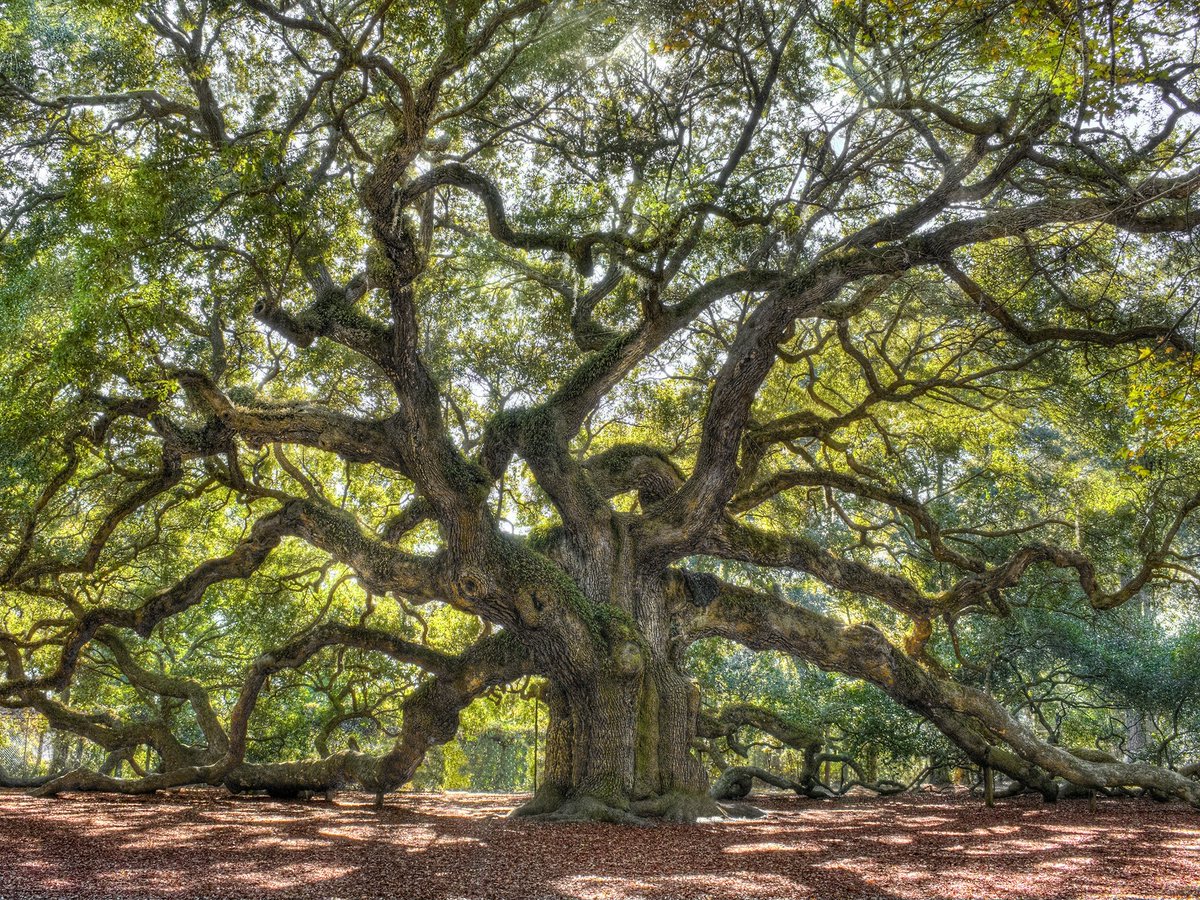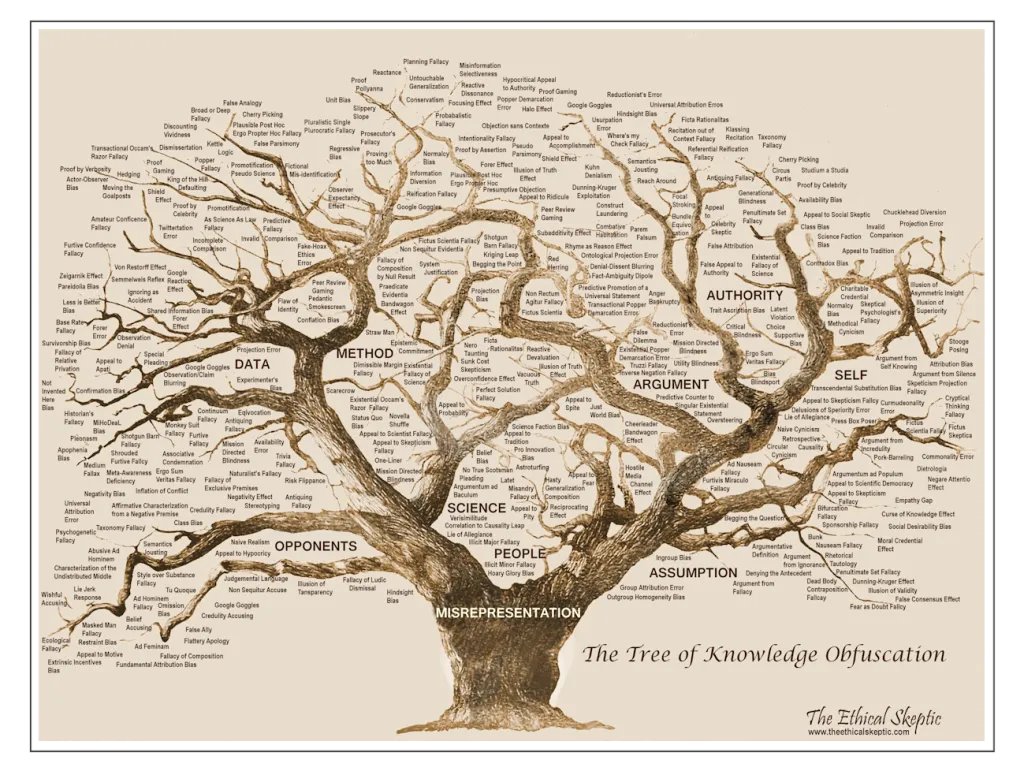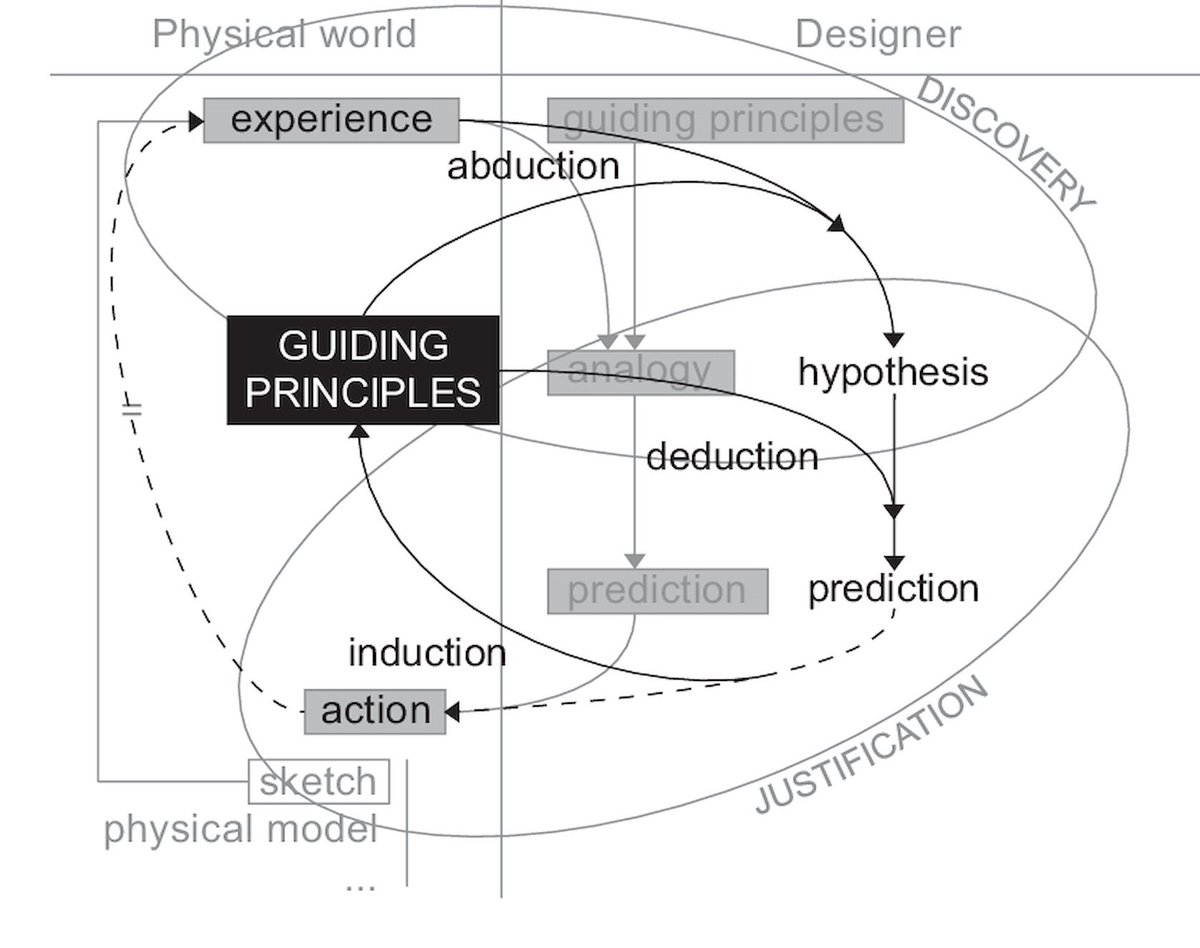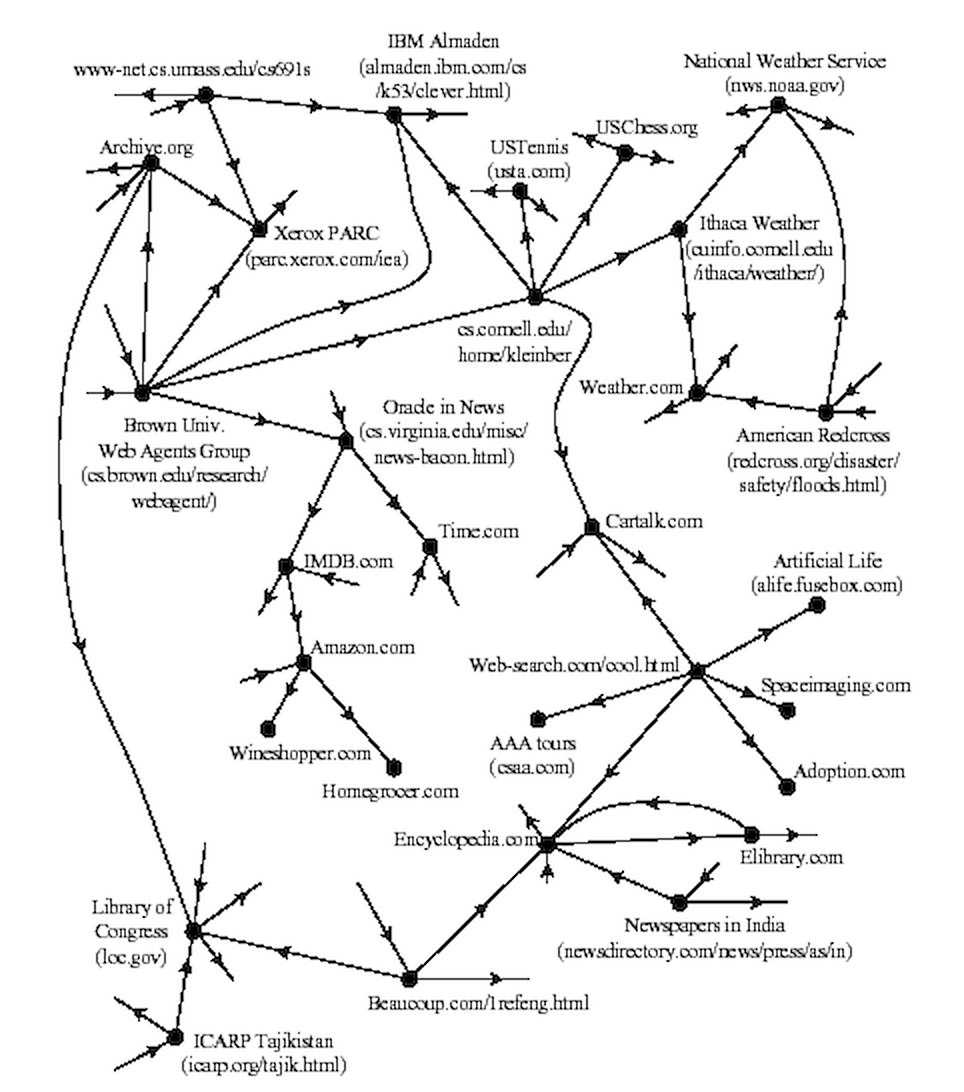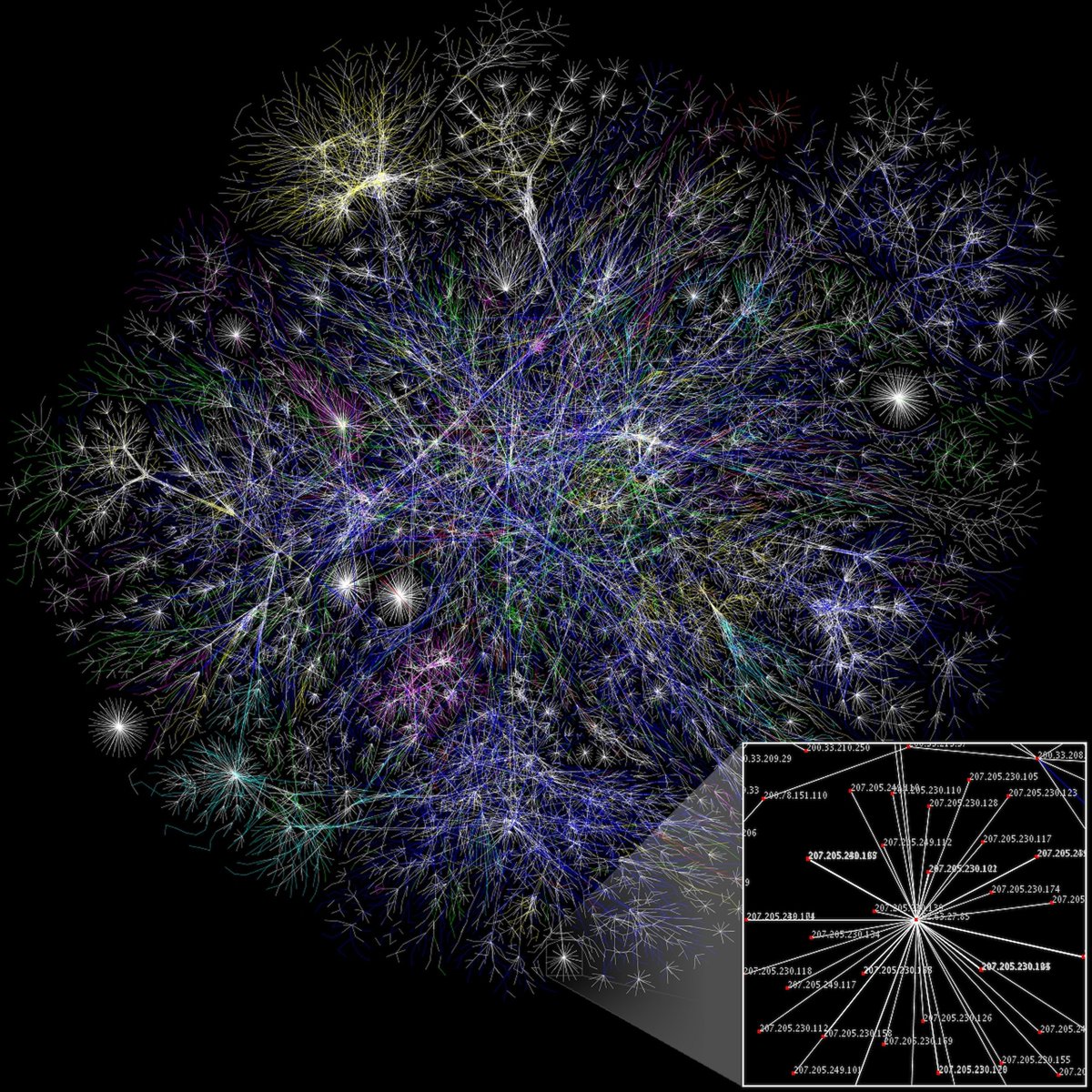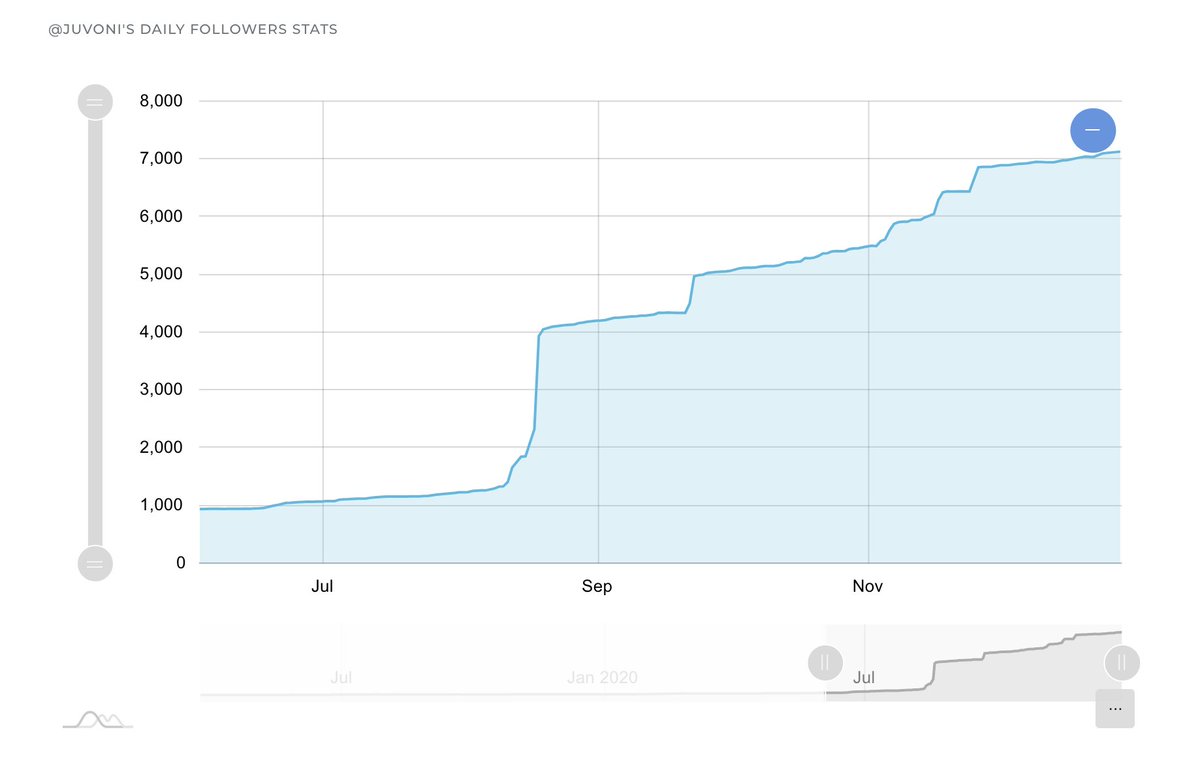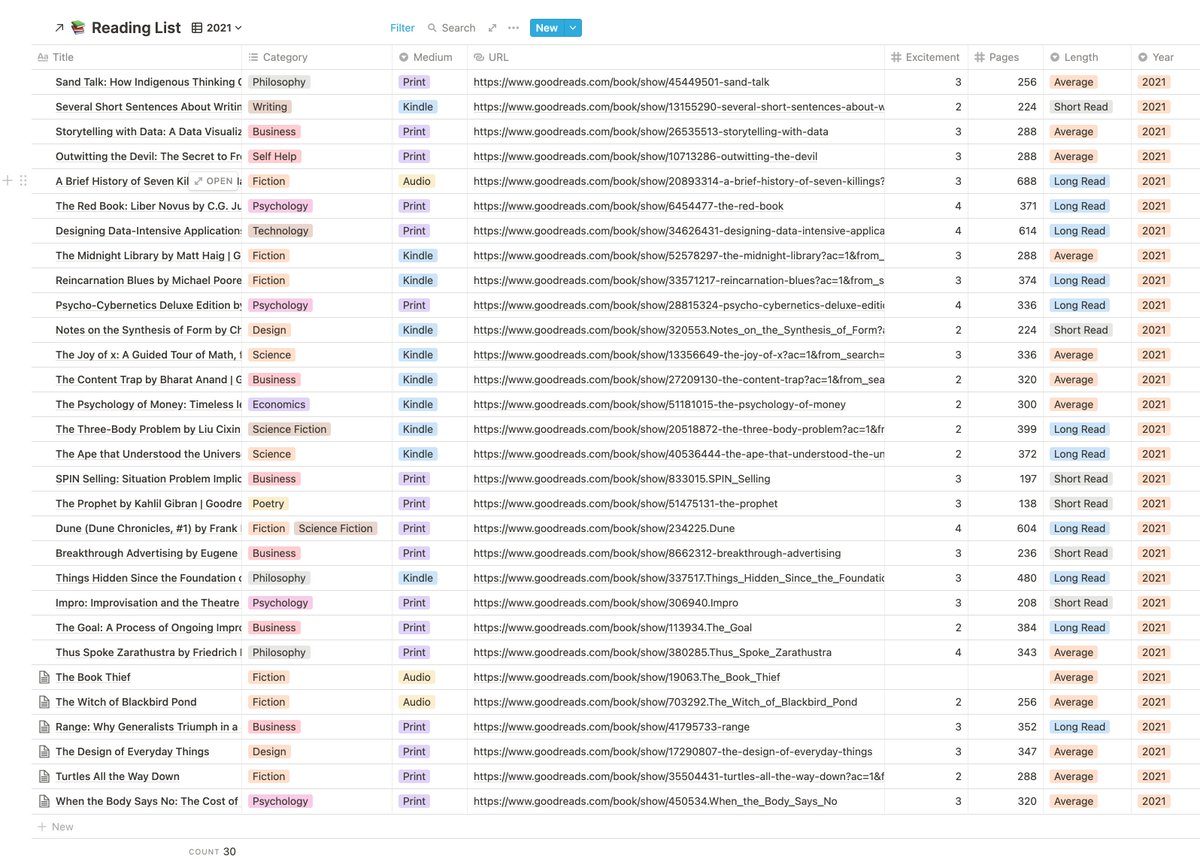𐃏 @RoamResearch in-directly teaches how to think like a Scientist & Philosopher by directly framing writing as Knowledge Cartography
🗺 Mapmaking via Writing to think & discover the paths to knowledge.
🧱 Using blocks as the paths & boundaries.
🌎 To understand the territory.
🗺 Mapmaking via Writing to think & discover the paths to knowledge.
🧱 Using blocks as the paths & boundaries.
🌎 To understand the territory.
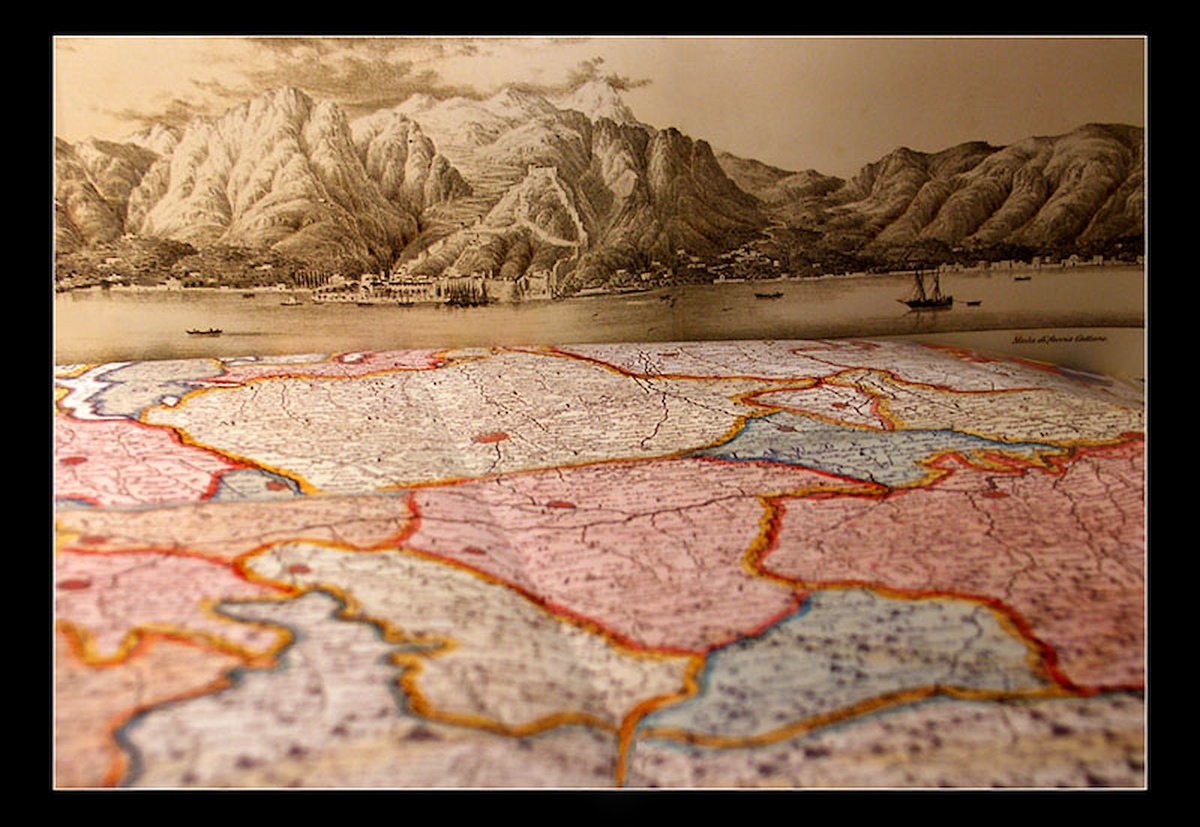
Roam is a Writing & Thinking Tool that lets you outline, reference, connect, search, discover, and remix chunks of thought & information.
The core & most important feature in Roam is the 'Block'
A block is like a bullet. It can be a word, sentence, paragraph, or other media.
That Block can have other blocks nested under it.
A block is like a bullet. It can be a word, sentence, paragraph, or other media.
That Block can have other blocks nested under it.

Each Block is unique. Even if two sentences are the same, the position of that bullet is unique.
Think of it as a mailing address.
That unique line can be referenced in other places.
Block Reference ((home-address))
When you type ((
It searches the text of prior sentences.
Think of it as a mailing address.
That unique line can be referenced in other places.
Block Reference ((home-address))
When you type ((
It searches the text of prior sentences.

With Block References you can reuse the same sentence, without typing it over again.
Any sentence can be a template for you to reuse.
When you change the original sentence it updates everywhere else it has been referenced.
Like redirecting mail if you've moved to a new address
Any sentence can be a template for you to reuse.
When you change the original sentence it updates everywhere else it has been referenced.
Like redirecting mail if you've moved to a new address
Science provides the building blocks & answers that push humanity forward.
"Science is a systematic enterprise that builds and organizes knowledge in the form of testable explanations and predictions about the universe."
"Science is a systematic enterprise that builds and organizes knowledge in the form of testable explanations and predictions about the universe."
New Technology using the building blocks of science.
Even technology itself uses the building blocks of prior and other technology to improve.
Even technology itself uses the building blocks of prior and other technology to improve.
Language, Data, Information, & our Models of the world are irregular and constantly changing over time.
Each day new data comes in and more observations are made.
Each day new data comes in and more observations are made.
Daily Notes is what you see when you first open Roam.
A new Page is created each day for you automatically where you can write new thoughts, observations & notes.
Removing the friction of creating a page & having a daily conveyor belt for writing helps to make it a habit loop.
A new Page is created each day for you automatically where you can write new thoughts, observations & notes.
Removing the friction of creating a page & having a daily conveyor belt for writing helps to make it a habit loop.

In Roam you think sentence first then concept. With other tools you start at the concept or page, then get to the sentence. Roam does give you the option to do both.
Sentences you write in Roam can have a word or phrase that can be turned into a Page, by wrapping it [[]]
Sentences you write in Roam can have a word or phrase that can be turned into a Page, by wrapping it [[]]
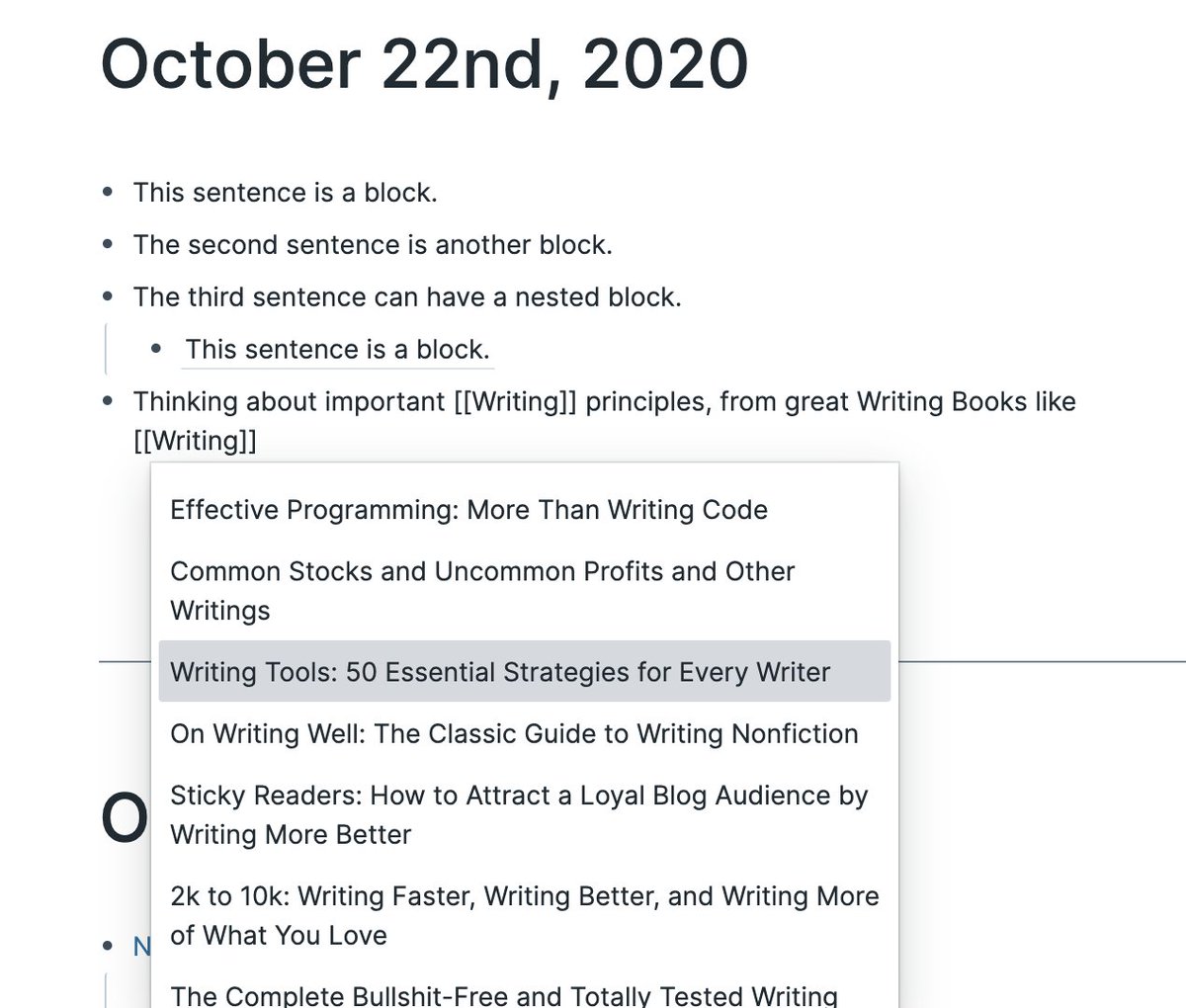
[[]] Creates a Page Reference
[[Writing]] is now a page called Writing
When you type [[ you search for other Pages that match the letters after the brackets.
You can also use conventional #tags which act like Pages but as styled differently to show Pages are more important.
[[Writing]] is now a page called Writing
When you type [[ you search for other Pages that match the letters after the brackets.
You can also use conventional #tags which act like Pages but as styled differently to show Pages are more important.
When you go into a Page
For example [[Writing]]
You can see all prior places where the [[Writing]] page was referenced within a sentence or as it's own top-level block
example:
- [[Writing]]
- A sentence related to this topic.
This is called a Linked Reference/Backlink
For example [[Writing]]
You can see all prior places where the [[Writing]] page was referenced within a sentence or as it's own top-level block
example:
- [[Writing]]
- A sentence related to this topic.
This is called a Linked Reference/Backlink
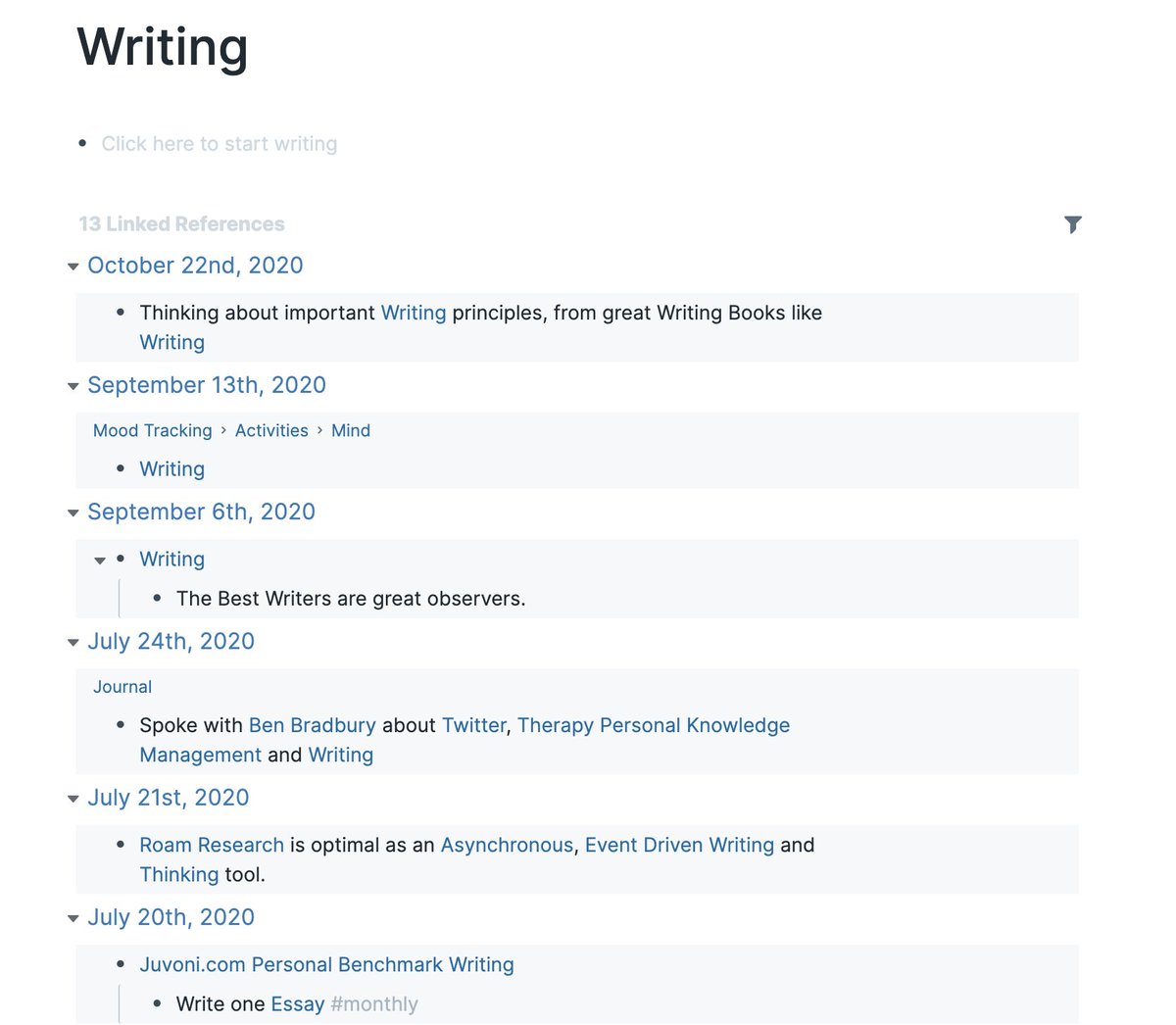
You can also use Filters on Linked References
References on the Page [[Writing]] make content other pages like [[Writing]] and [[Social Media]] or [[Copywriting]] or [[Work]] or [[Books]]
In my attached example I filter to only show pages related to both Writing & Books.

References on the Page [[Writing]] make content other pages like [[Writing]] and [[Social Media]] or [[Copywriting]] or [[Work]] or [[Books]]
In my attached example I filter to only show pages related to both Writing & Books.
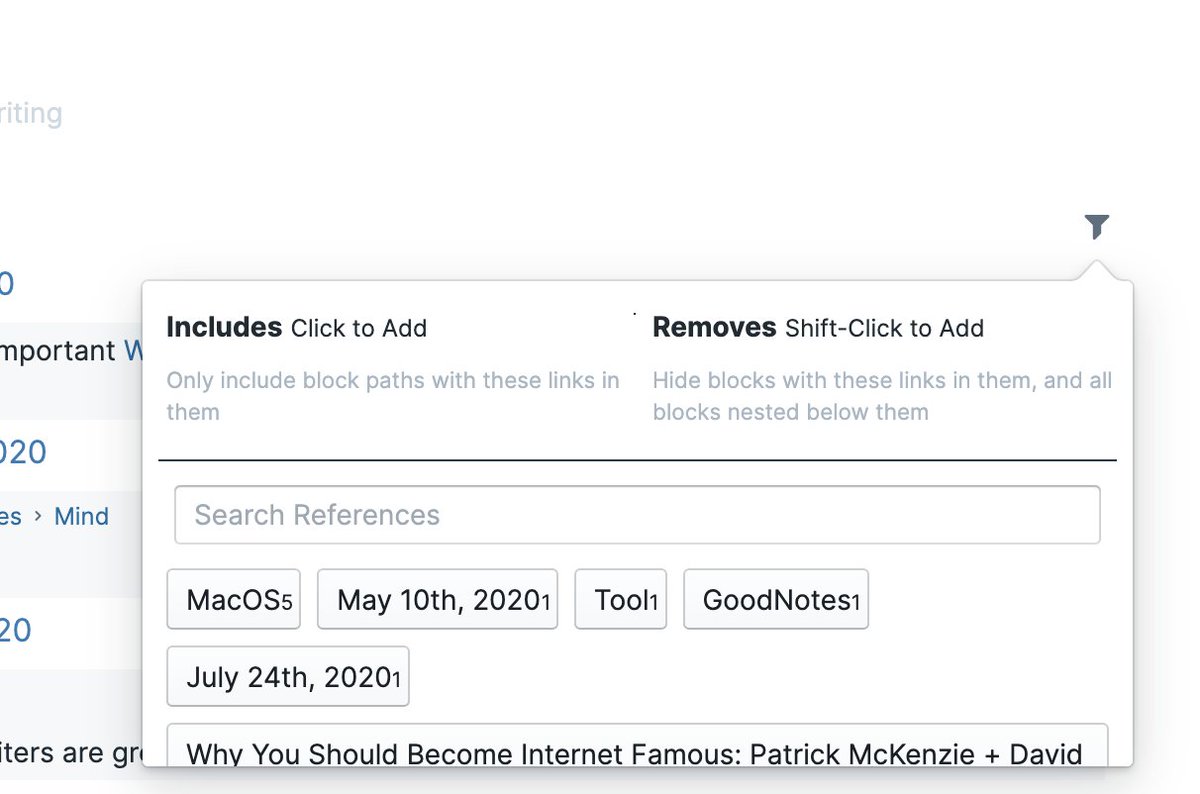
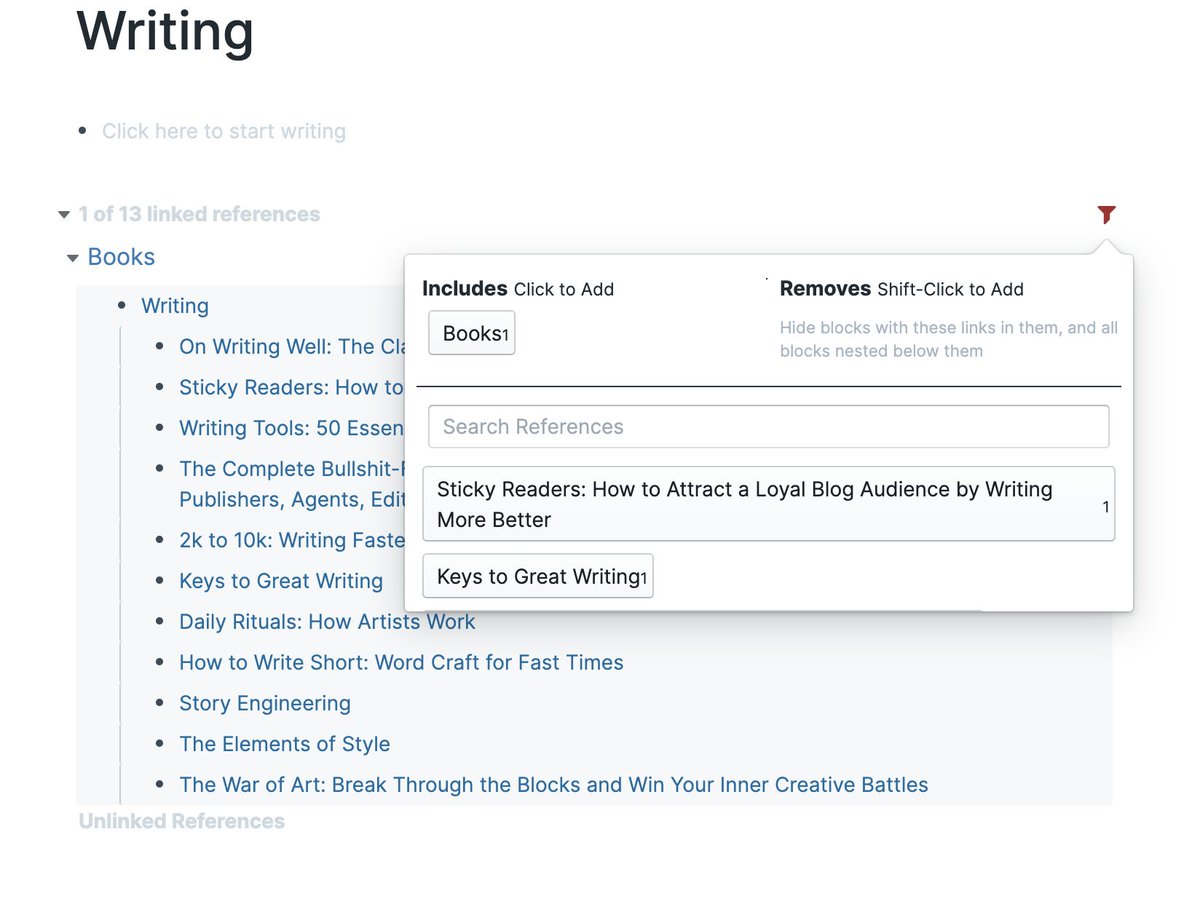
Roam represents allows you to create relationships within and amongst your pieces of writing that is like a Graph.
Maps are like a graph.
A->B->C
You get from point C by going through point A and B.
Maps are like a graph.
A->B->C
You get from point C by going through point A and B.
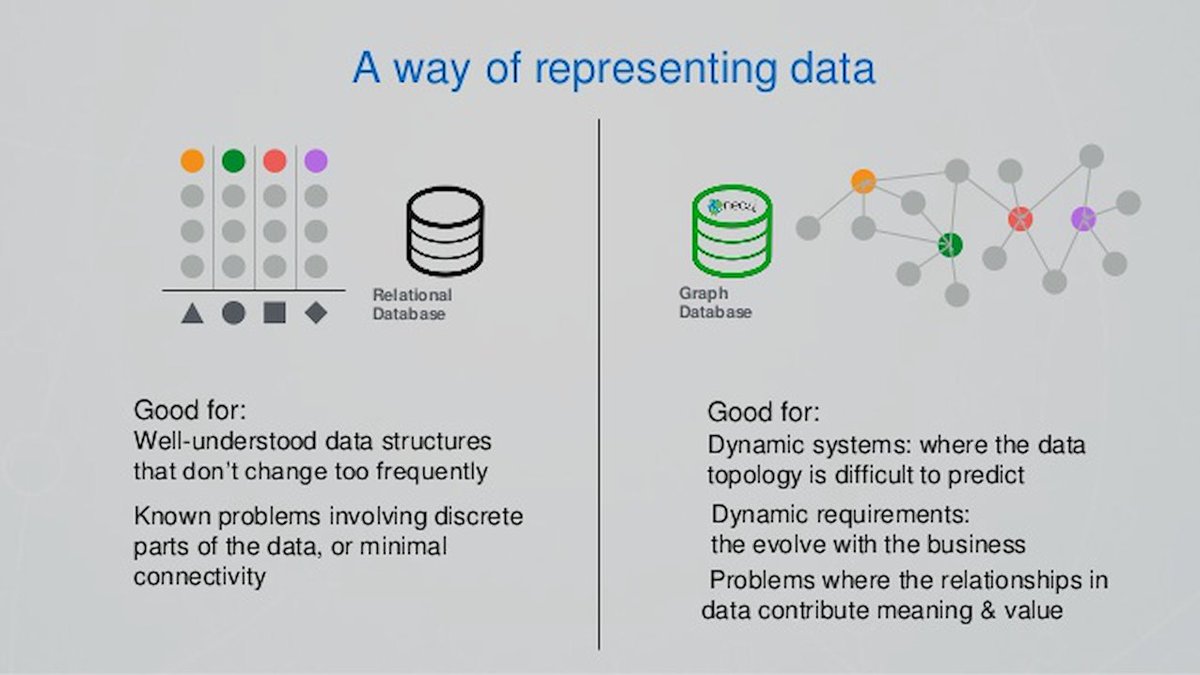
The Map is Not the Territory.
The problem with maps is that they are an abstraction of reality.
We can't fit all the details of reality into the map so we make tradeoffs on what to put on the map.
Maps can be wrong, but what happens if we can share & compare our maps?
15/N
The problem with maps is that they are an abstraction of reality.
We can't fit all the details of reality into the map so we make tradeoffs on what to put on the map.
Maps can be wrong, but what happens if we can share & compare our maps?
15/N
Philosophy questions how to best use the knowledge we've acquired.
"Philosophy is the study of general and fundamental problems, such as those connected with reality, existence, knowledge, values, reason, mind, and language."
"Philosophy is the study of general and fundamental problems, such as those connected with reality, existence, knowledge, values, reason, mind, and language."
Philosophy provides us with better Questions to our Answers & Questions. Science provides us with better Answers to our Answers & Questions.
Science creates the branch. Philosophy questions and studies the branches existence.
In Roam every Page Reference created is a new branch, a new relationship.
You can have a Database which creates a continent which has it's own collection of data.
The tools to visualize these relationships within Roam will get better overtime and viewed in multiple dimensions.
You can have a Database which creates a continent which has it's own collection of data.
The tools to visualize these relationships within Roam will get better overtime and viewed in multiple dimensions.

You can also view the Relationships with a page.
Like looking at all the States within a Country.
Here is a local graph where I have a Books Page with Page References group by category and each category contains dozens of books.
Like looking at all the States within a Country.
Here is a local graph where I have a Books Page with Page References group by category and each category contains dozens of books.
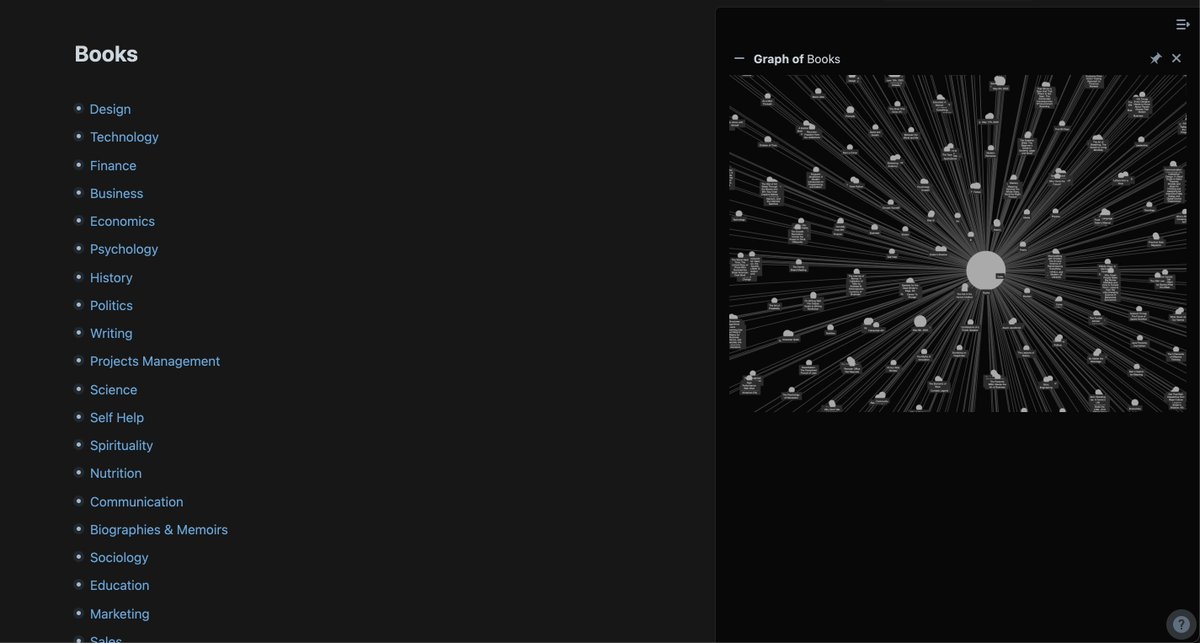
What's Old is New
For hundreds of yrs & throughout history societies across various cultures have mapped complex information to better understand thru branches of knowledge, in the form of trees.
A graph is a tree.
Coming full circle with better technology the cycle continues.



For hundreds of yrs & throughout history societies across various cultures have mapped complex information to better understand thru branches of knowledge, in the form of trees.
A graph is a tree.
Coming full circle with better technology the cycle continues.
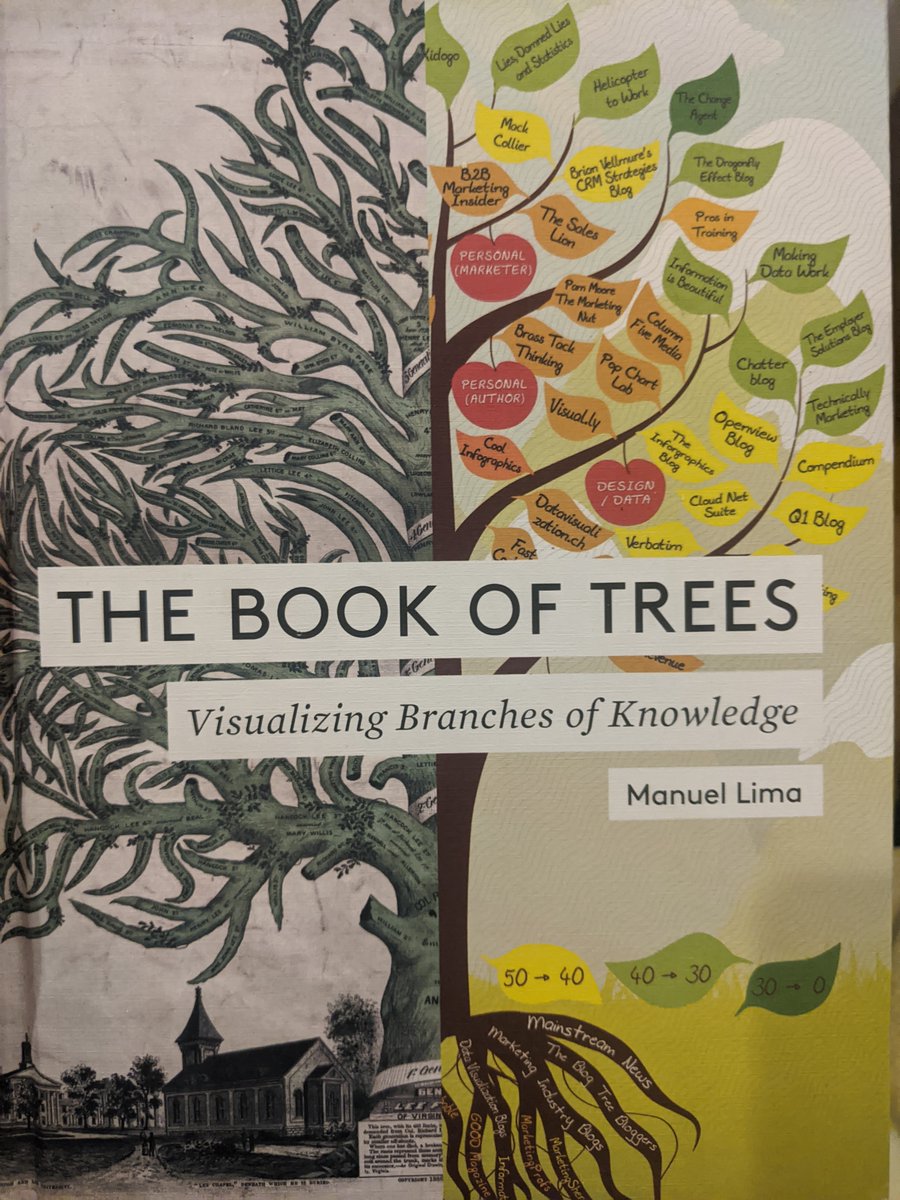
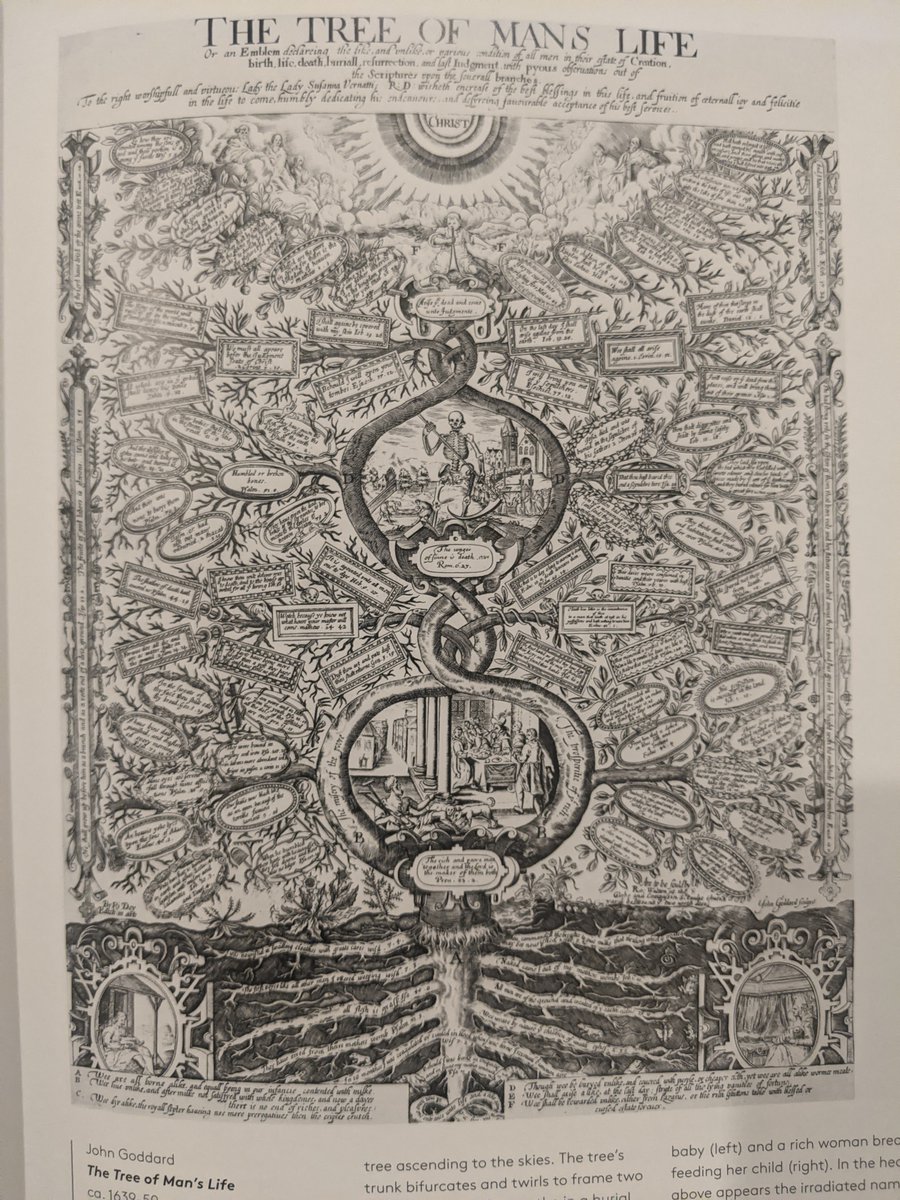
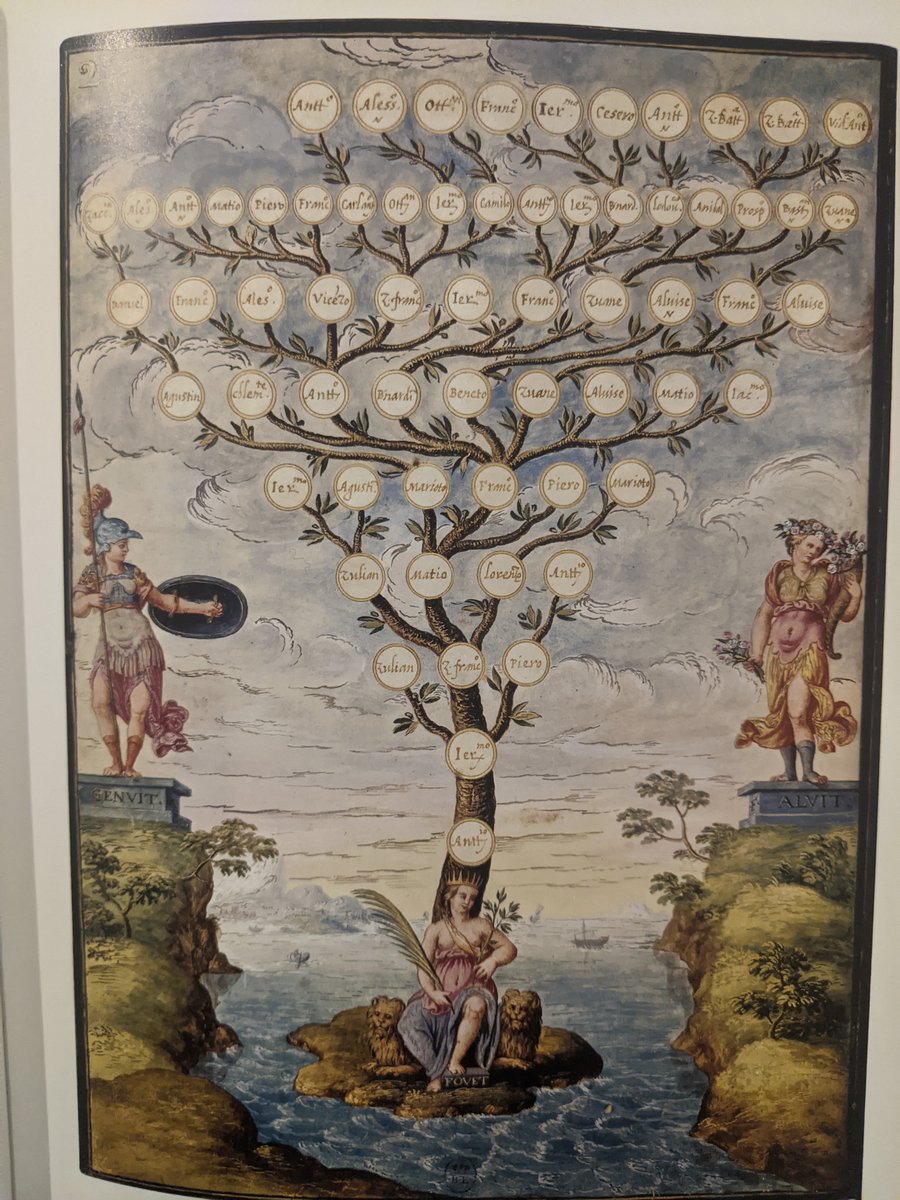
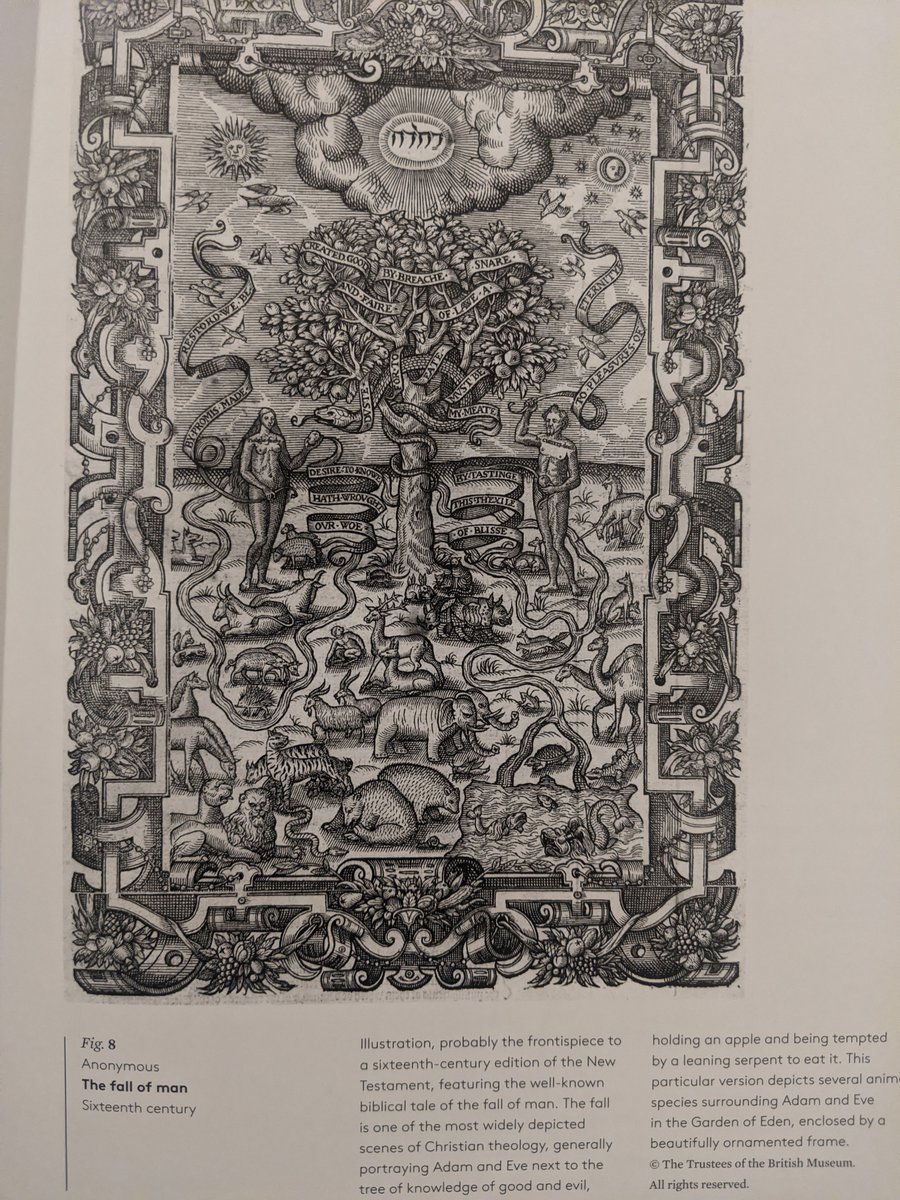
When you can create relationships between things you create an environment that directly supports associative learning.
Linking new concepts/events to past information to build a foundation of knowledge.
Linking new concepts/events to past information to build a foundation of knowledge.
In Roam you can create a relationship w/ a new Page Reference or nesting under a block.
You can also remix/amend a prior idea using Aliases which combines Block Reference & a New Text Block.
Alias allows you to maintain the origin of an idea.

You can also remix/amend a prior idea using Aliases which combines Block Reference & a New Text Block.
Alias allows you to maintain the origin of an idea.
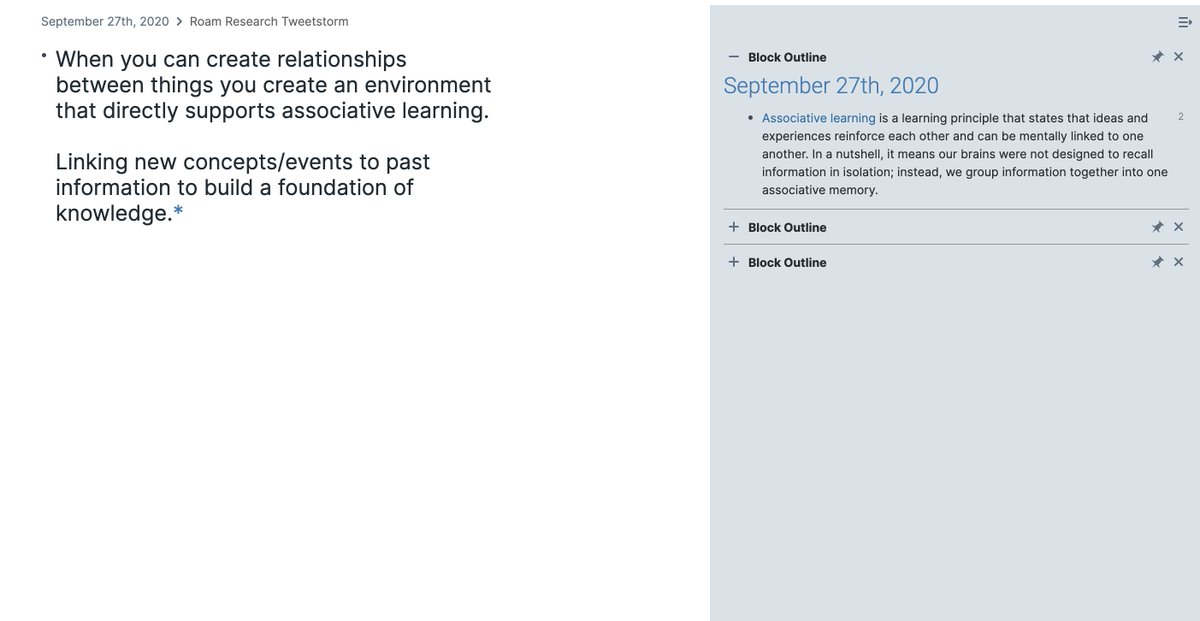
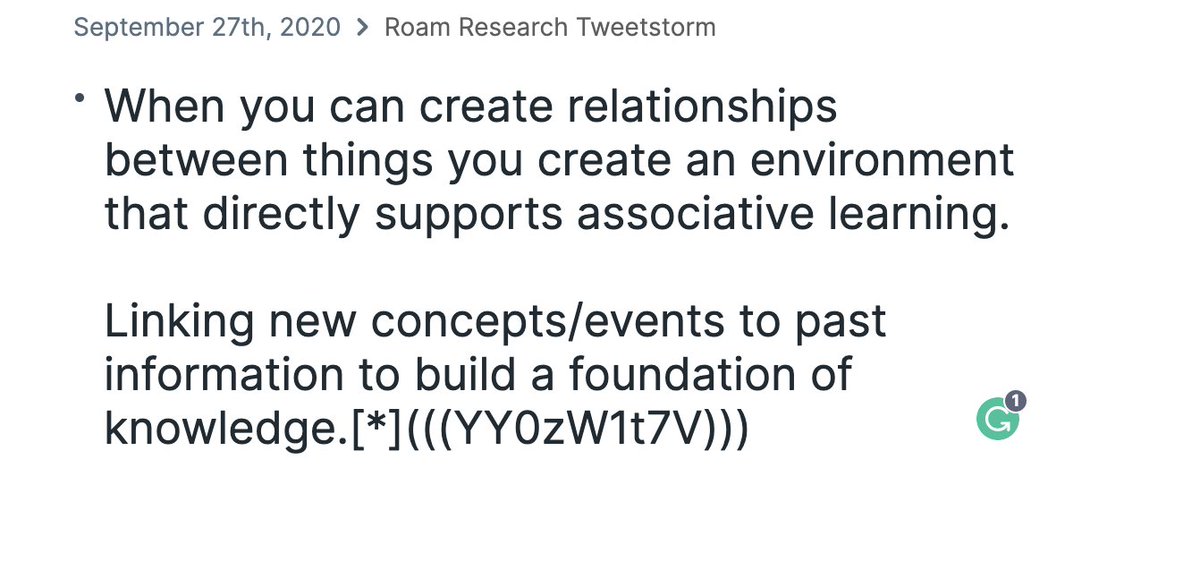
If you have a list of blocks on a page you can Zoom in to see just that block, while having a breadcrumb so you see where you are in the hierarchy.
Whenever you reference a block you can also see the number of times it has been referenced and where.


Whenever you reference a block you can also see the number of times it has been referenced and where.
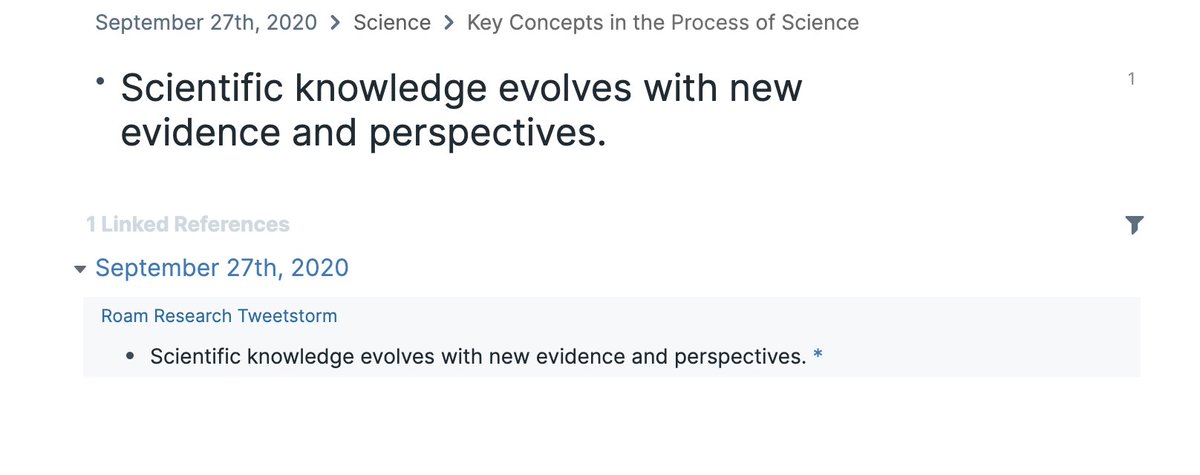

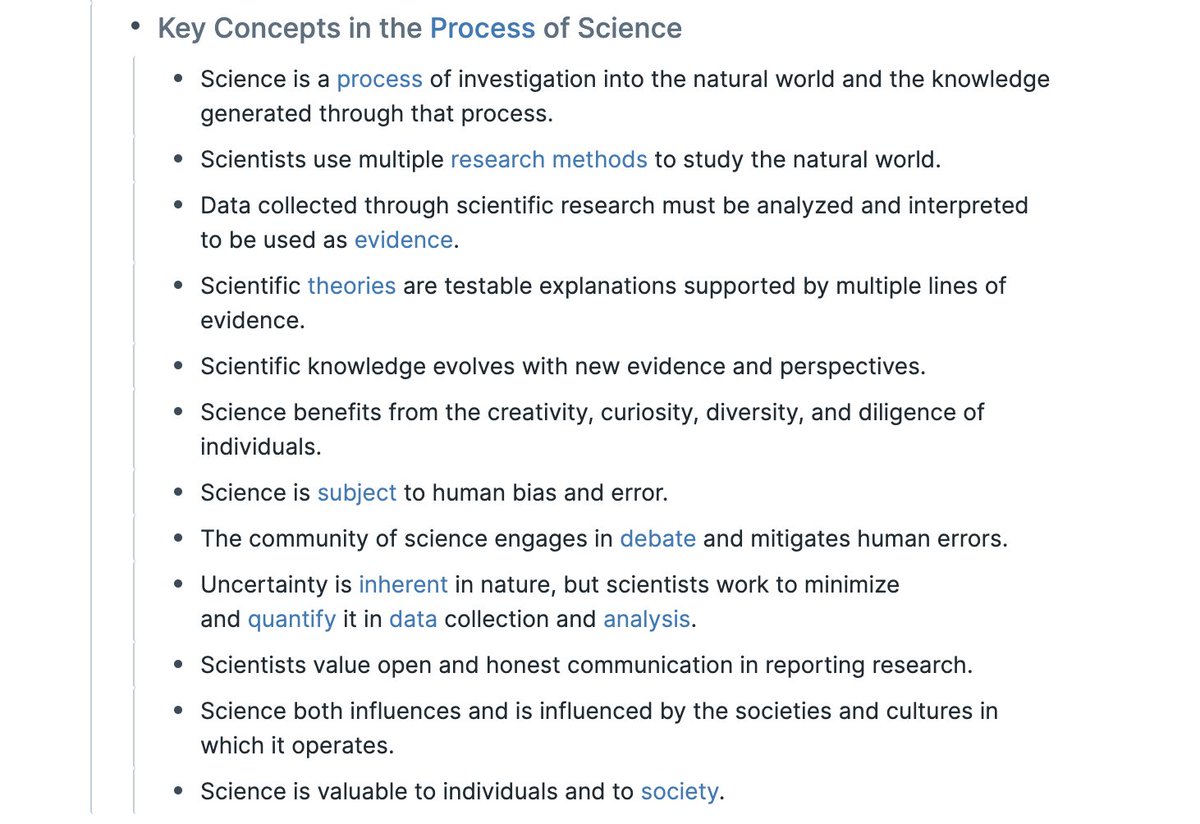
Dr. Stone is a Japanese manga where a strange flash of light turns everyone in the world to stone.
A young scientist breaks free & has to resurrect humanity starting from the stone age, using first principles to race back to modern scientific progress in one lifetime.
25/n
A young scientist breaks free & has to resurrect humanity starting from the stone age, using first principles to race back to modern scientific progress in one lifetime.
25/n
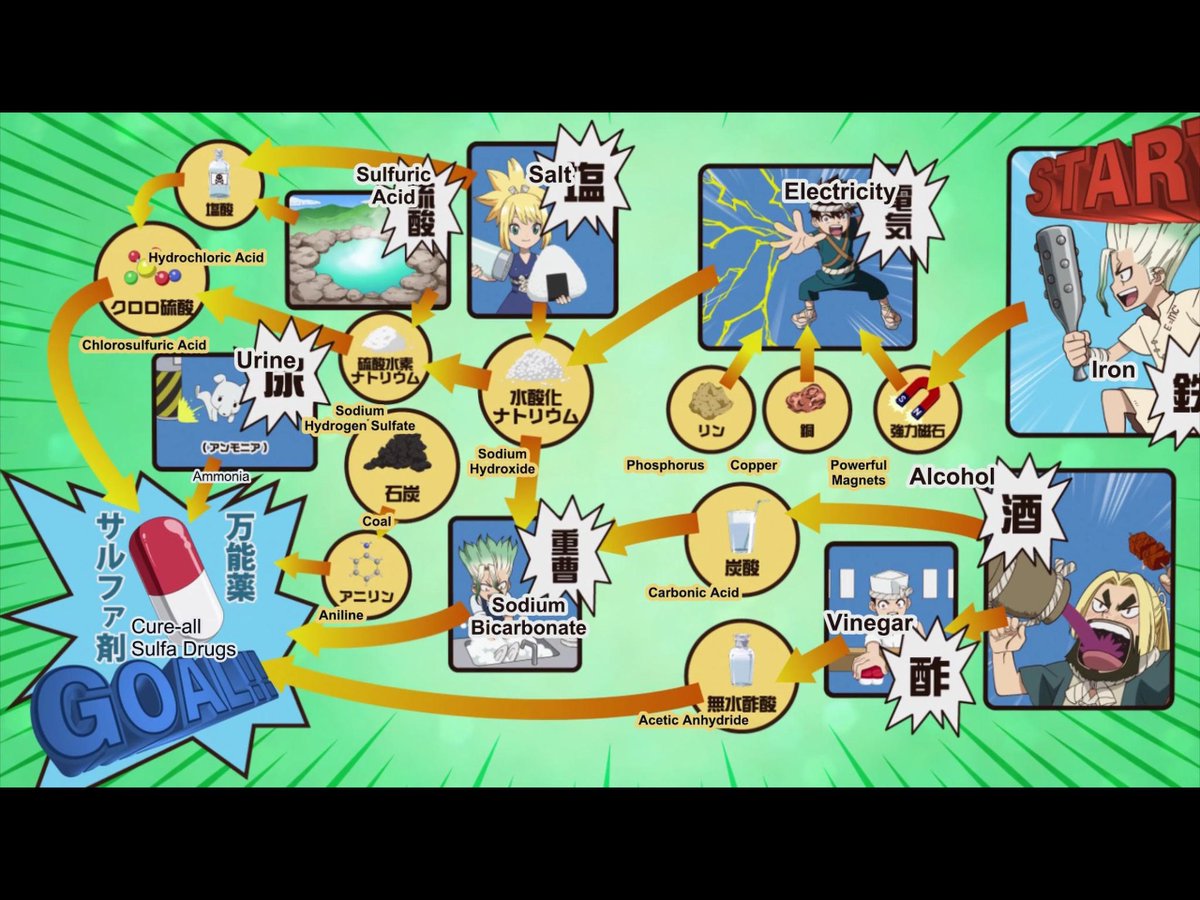
The Key Outputs of Observational Inference are:
Induction
Deduction
Abduction
The paths to make these connections are natural to the block model of Roam.
Induction
Deduction
Abduction
The paths to make these connections are natural to the block model of Roam.
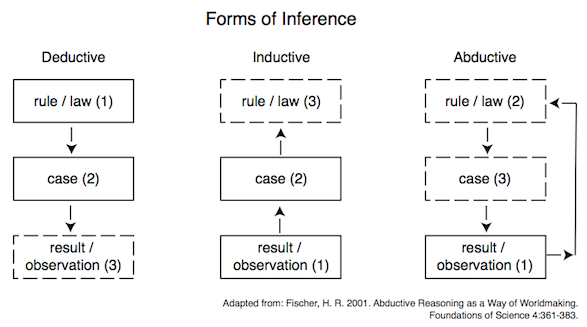
Via Scattered Writing in Roam, you can still make connections and end up with Emergent pieces of content.
Bottom-Up writing.
Bottom-Up writing.
Slash commands allow you to insert/search for an action to do on a block.
A powerful command is a Query.
/query: and: [[Roam Research]] [[Features]]
A Query shows you all the Blocks that contain the Page/Tag connection you provide based on a condition; Roam and Features.
A powerful command is a Query.
/query: and: [[Roam Research]] [[Features]]
A Query shows you all the Blocks that contain the Page/Tag connection you provide based on a condition; Roam and Features.

In the Roam sidebar you can have extra context and display any pages, blocks, graphs on the side and make edits. All edits made in the main page or sidebar are updated in realtime.
30/n
30/n
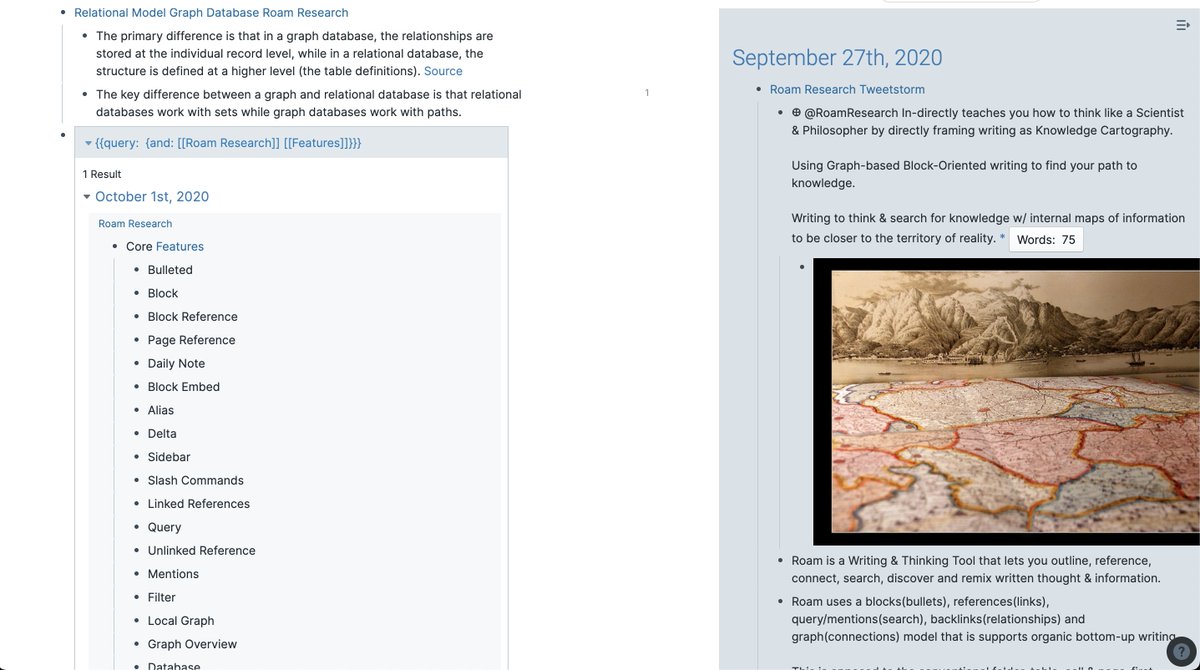
Another command is Mentions.
/mentions: [[Science]]
With mentions you can return the Linked References of the Page Reference you provide.
If I'm on the [[Writing]] page, I automatically see the referenced of Writing at the bottom of the page.
I can pull in others w/ mention.
/mentions: [[Science]]
With mentions you can return the Linked References of the Page Reference you provide.
If I'm on the [[Writing]] page, I automatically see the referenced of Writing at the bottom of the page.
I can pull in others w/ mention.
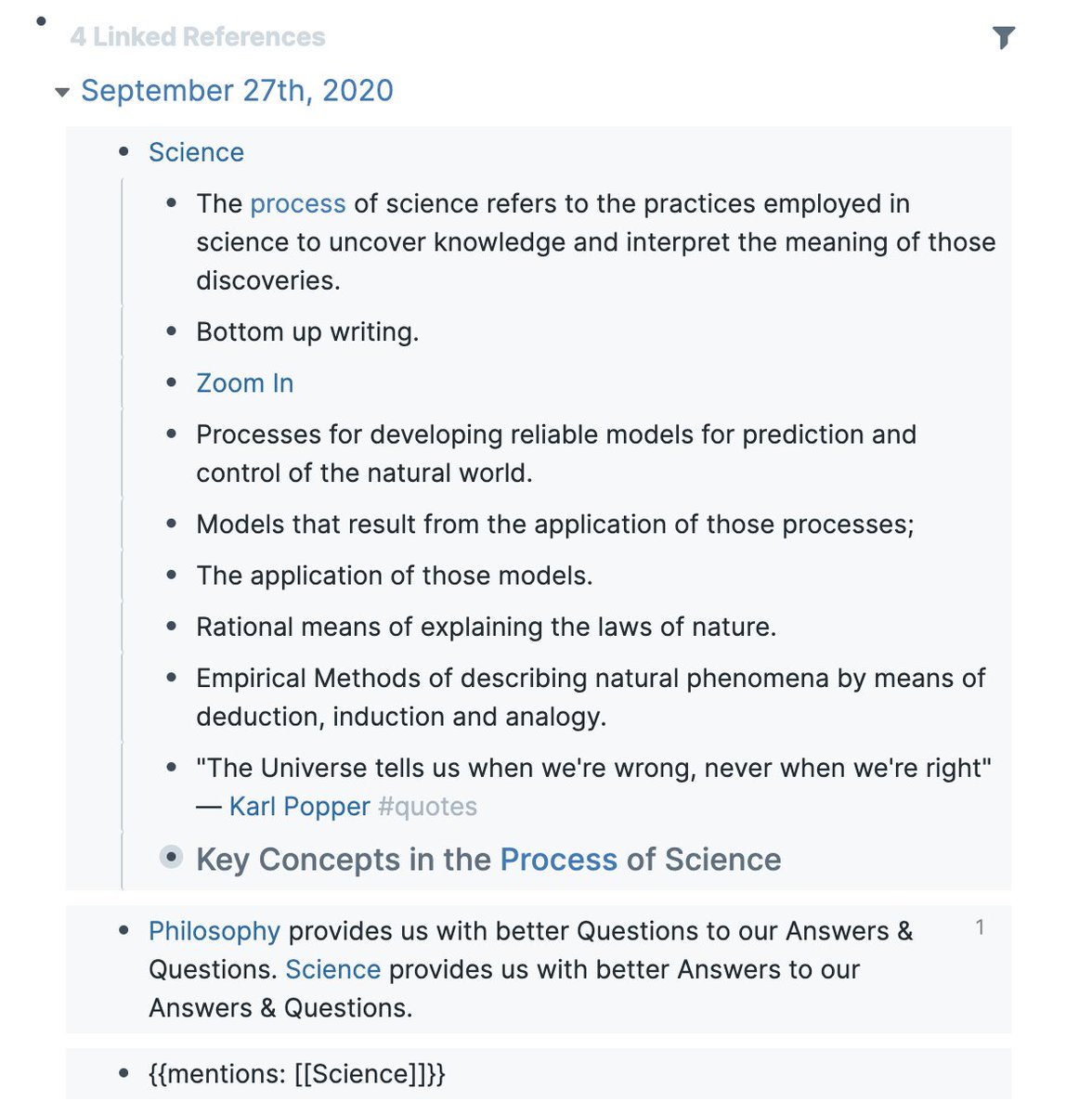
You can externalize structured or unstructured thoughts & notes into Roam and have the ability to outline, breakdown, connect, zoom-in, find, and serendipitously stumble upon prior information.
When the data and information is hard to structure and predict, can change over time, and relationships among new pieces of data are important to make a tool like Roam makes this easier to manage and can be applied across all types of work.
You can have different modes of thinking to see a problem or idea from different angles & levels of elevation.
https://twitter.com/juvoni/status/1317176972305367041
With a focus on a unit of thought being a block.
You can take smarter notes that can be repurposed and linked together like Lego Blocks.
You can take smarter notes that can be repurposed and linked together like Lego Blocks.
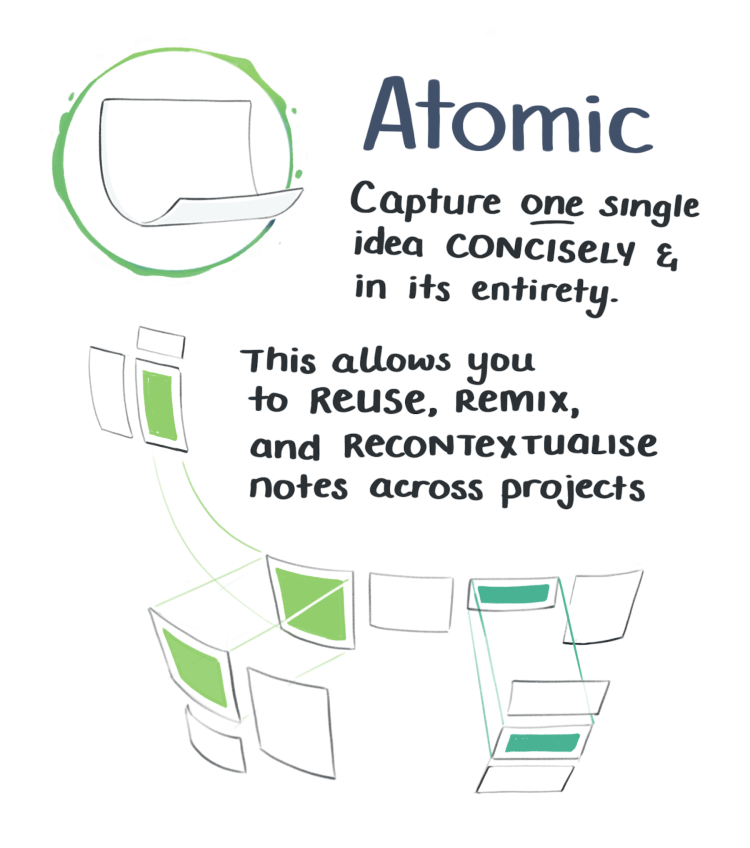
With notes that as reusable, you can get smart about how you title them to make then truly Evergreen Notes and referenceable within other notes.
Popularized by @andy_matuschak and illustrated by @Mappletons

Popularized by @andy_matuschak and illustrated by @Mappletons

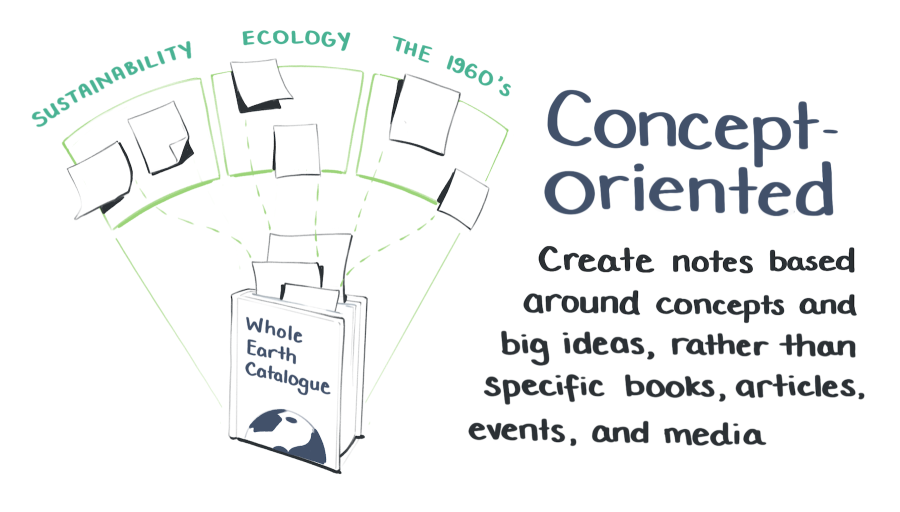
Page References are where you title & reference within other blocks.
[[Writing]]
[[Writing Tips]]
[[Good Writing Books]]
[[How to Take Smart Notes]]
[[How do I make my Writing Accumulate?]]
[[Evergreen notes should be atomic]]
[[Evergreen note-writing helps insight accumulate]]
[[Writing]]
[[Writing Tips]]
[[Good Writing Books]]
[[How to Take Smart Notes]]
[[How do I make my Writing Accumulate?]]
[[Evergreen notes should be atomic]]
[[Evergreen note-writing helps insight accumulate]]
Now that we are free of strict hierarchy we can move beyond titles as Events, Dates, Nouns & other Categories, and move to Concepts, Questions, Statements, Theories, Discoveries etc as page titles.
Within Pages we can create atomic blocks that can be composed & referenced.
Within Pages we can create atomic blocks that can be composed & referenced.
A Title is our Node within a graph.
Page References within a Page(Title) creates a directed relationship bwtn the parent(Title) & the child, block with a Page reference that forms an edge.
When multiple pages are referenced within a single page that creates a branch/vertices.
Page References within a Page(Title) creates a directed relationship bwtn the parent(Title) & the child, block with a Page reference that forms an edge.
When multiple pages are referenced within a single page that creates a branch/vertices.
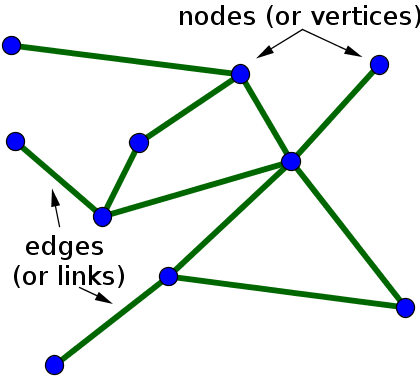
Roam is a Graph Database where you write via blocks that can have relationships, nested or linked.
Most other writing tools are like relational databases.
Where you have a group, folder, a page and you put information into pre-defined buckets.
In Roam you create plumping pipes.

Most other writing tools are like relational databases.
Where you have a group, folder, a page and you put information into pre-defined buckets.
In Roam you create plumping pipes.
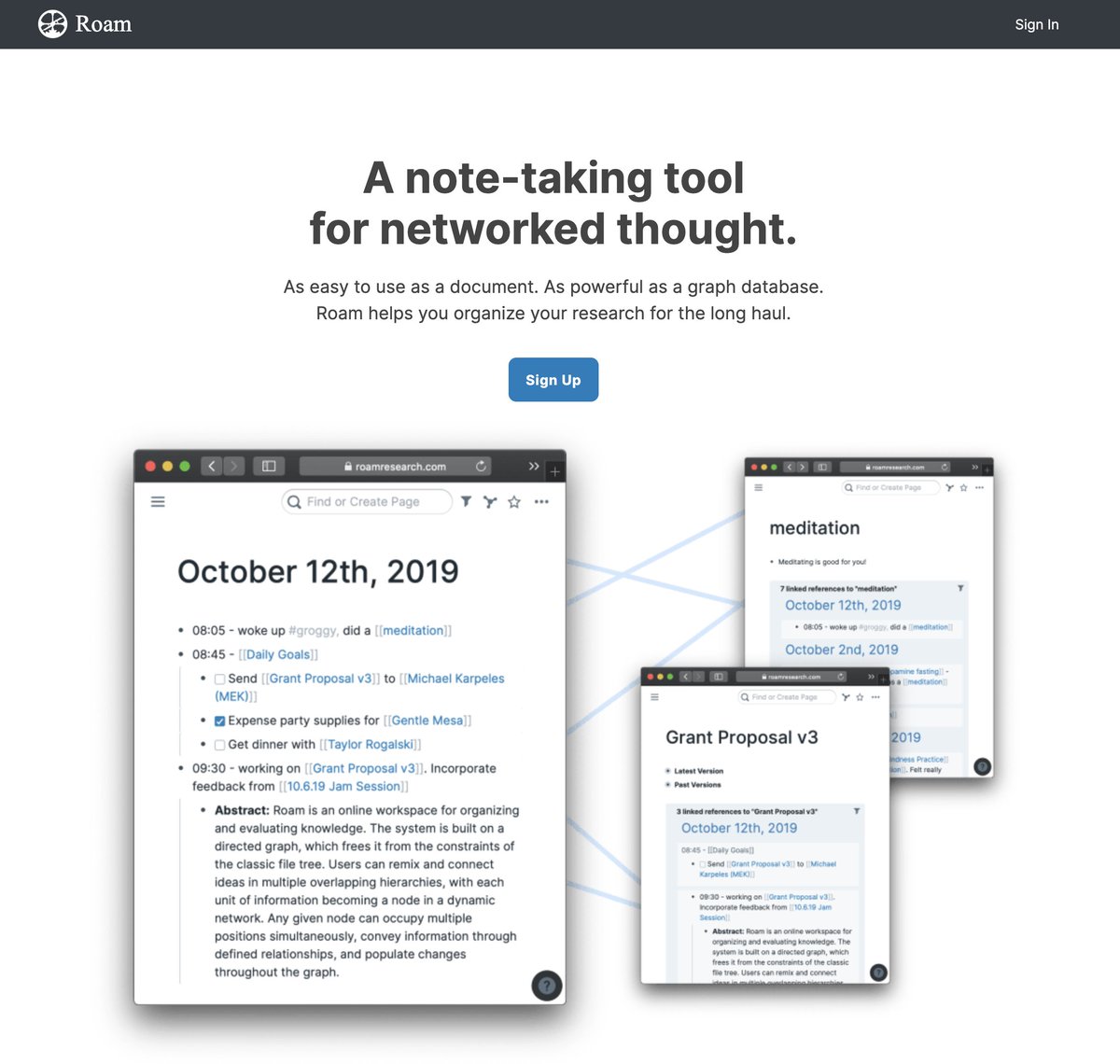
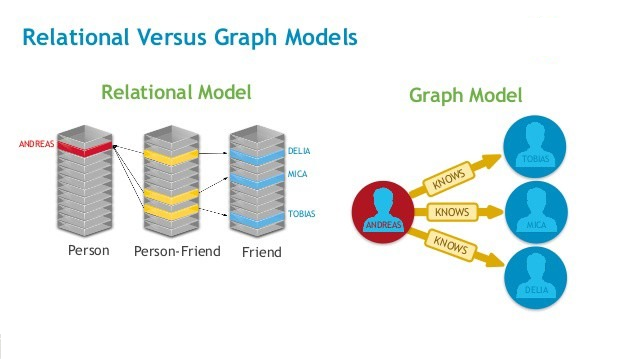
Thinking of writing as a thinking tool where you investigate observations of your mind & the world to understand the unknown, we get back to science & philosophy & reality.
Science uses the process of experimentation, multiple research methods, data, theories, debate, reproducibility, & evidence to observe, investigate and analyze the natural world to generate knowledge that would be helpful to individuals and society. 
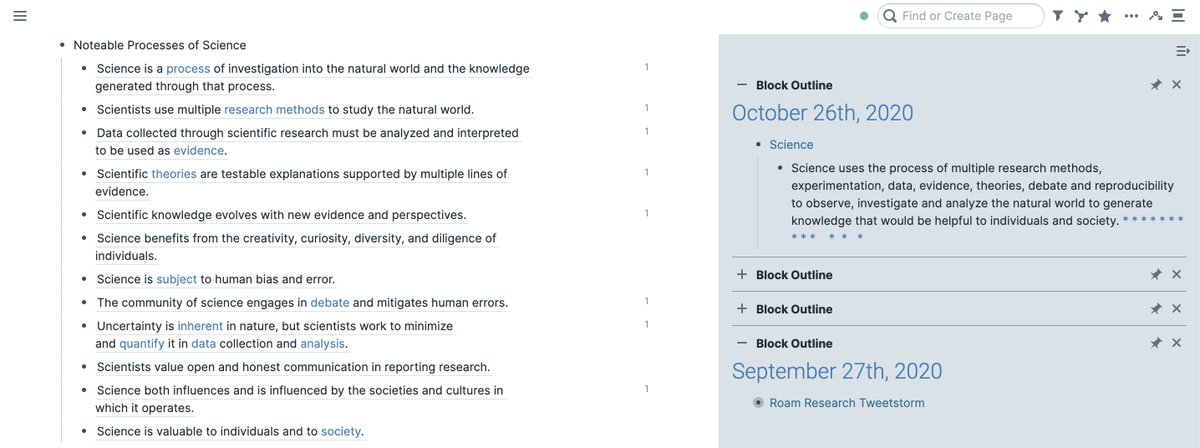
Philosophy is for living not just learning.
It starts with:
The Practical Application of Principles.
Understanding the reasons behind the principles.
Verifying the principles through logic.
Questions, Action, Accumulating & sharing wisdom on how to use knowledge thru judgment.
It starts with:
The Practical Application of Principles.
Understanding the reasons behind the principles.
Verifying the principles through logic.
Questions, Action, Accumulating & sharing wisdom on how to use knowledge thru judgment.
Time is an important dimension.
We Observe through and over time.
Daily notes in Roam are where you make your observations.
Blocks & Page References are where you create your connections & Branches 🌳
We Observe through and over time.
Daily notes in Roam are where you make your observations.
Blocks & Page References are where you create your connections & Branches 🌳
Roam trains you how to think better.
You write to think/think to write.
You write using language.
Roam has a language for graph-oriented writing.
• Blocks
((Block Reference))
[[Page Reference]]
#tags
{{query/mentions}}
/commands
↔ Backlinks
Languages shape the way you think.
You write to think/think to write.
You write using language.
Roam has a language for graph-oriented writing.
• Blocks
((Block Reference))
[[Page Reference]]
#tags
{{query/mentions}}
/commands
↔ Backlinks
Languages shape the way you think.
The Language of Roam is training hedgehogs how to be more Fox-like through divergence and training foxes how to be more hedgehog-like through convergence. 
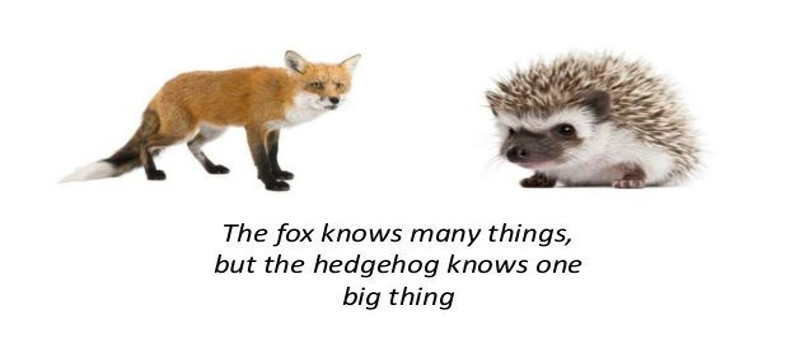
You can change your modes of thinking with the software as an extension of your base thinking mode to create fluid thinking loops that cycle between stages. 
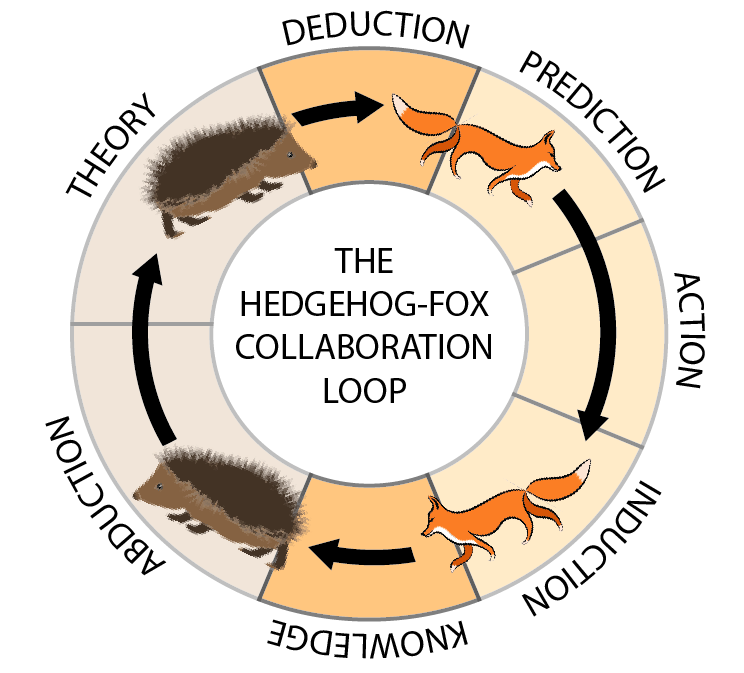
Growing your Roam Database creates opportunities for emergent ideas, a software-based Intuition Pump.
You blend the Scientist's, reductionist, focused, predictive abilities for answers, w/ the Philosopher's holistic, connected big picture questions to compound knowledge.
50/n
You blend the Scientist's, reductionist, focused, predictive abilities for answers, w/ the Philosopher's holistic, connected big picture questions to compound knowledge.
50/n
Cartography is the study & practice of making maps.
Combining science, aesthetics, & technique, it builds on the premise that reality can be modeled in ways that communicate spatial information effectively.
A map is a path -> branch -> tree -> graph
We are mapmaking w/ words.
Combining science, aesthetics, & technique, it builds on the premise that reality can be modeled in ways that communicate spatial information effectively.
A map is a path -> branch -> tree -> graph
We are mapmaking w/ words.
Writing in roam is like building a web of thoughts, a personal knowledge base, a knowledge graph.
Eventually, we may be able to compare, share, connect and partition our graphs.
Eventually, we may be able to compare, share, connect and partition our graphs.
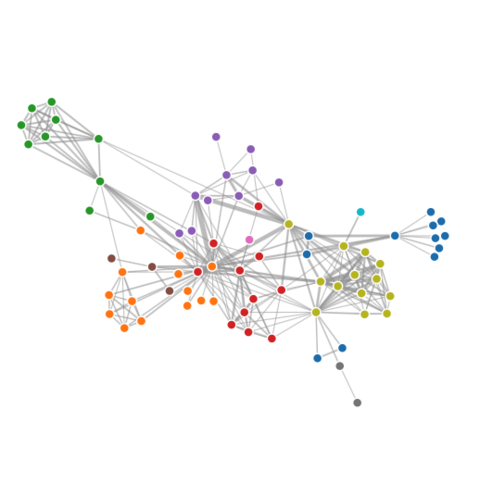
Blocks(bullets), references(links), query/mentions(search), backlinks(relationships) & graph(connections) that enable organic bottom-up writing.
The language of Roam continues to evolve. A new era of democratized Knowledge Cartography is born.
Distributed Science & Philosophy.
The language of Roam continues to evolve. A new era of democratized Knowledge Cartography is born.
Distributed Science & Philosophy.
The Map is Not the Territory
The world continues to change at an ever-increasing pace.
Reality is too vast.
Dynamic, Known & Unknown.
We improve our tools & maps.
What's old is new.
What has happened has left a trace.
Plot the path.
Take the path wherever it leads you.
55/end
The world continues to change at an ever-increasing pace.
Reality is too vast.
Dynamic, Known & Unknown.
We improve our tools & maps.
What's old is new.
What has happened has left a trace.
Plot the path.
Take the path wherever it leads you.
55/end
• • •
Missing some Tweet in this thread? You can try to
force a refresh



